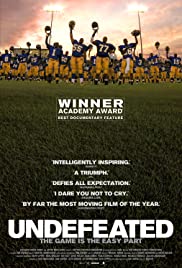
Set against the backdrop of a high school football season, Dan Lindsay and T.J. Martin’s documentary UNDEFEATED is an intimate chronicle of three underprivileged student-athletes from inner-city Memphis and the volunteer coach trying to help them beat the odds on and off the field. For players and coaches alike, the season will be not only about winning games — it will be about how they grapple with the unforeseeable events that are part of football and part of life.
You May Also Like
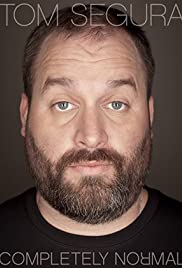
An original stand-up comedy special written and performed by comedian Tom Segura.

Descendants of Cudjo Lewis and Gumpa Lee, survivors of the last American slave ship, embark on a journey to fulfill their ancestors’ dream of returning to their ancestral home, accompanied by National Geographic Explorer Tara Roberts.
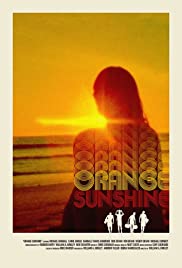
The never-before-told story of the Brotherhood of Eternal Love – a spiritual group of surfers and hippies in Southern California that became the largest suppliers of psychedelic drugs in the world during the 1960s and early 1970s. Bonded by their dreams to fight social injustice and spread peace, this unlikely band of free-spirited idealists quickly transformed into a drug-smuggling empire and at the same time inadvertently invented the modern illegal drug trade. At the head of the Brotherhood, and the heart of this story, is the anti-capitalistic husband and wife team, who made it their mission to change the world through LSD.

Exploring two of the greatest thinkers of humanity, and their contributions to our understanding of the universe.

The documentary investigates the lives and characters of Kamala Harris and Donald Trump as they seek the presidency. In a historic election, those who know the candidates best reveal key moments that shape how they would lead America. Award-winning filmmaker Michael Kirk and his team sat down with Trump and Harris’ friends, advisors and critics, as well as authors, journalists and political insiders to present deeply reported narrative arcs of both candidates’ lives, going all the way back to their childhoods. What emerges in FRONTLINE’s “The Choice 2024: Harris vs. Trump” is the story of two fighters: One seeking vindication and promising a return to greatness, and the other seeking to move beyond the past and promising a greater future.

A chronological account of the influential late 1970s English rock band.
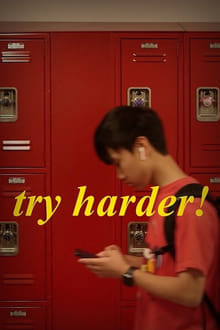
In a universe where cool kids are nerds, the orchestra is world class and being Asian American is the norm, seniors at Lowell High School compete for the top prize: admission to the college of their dreams.
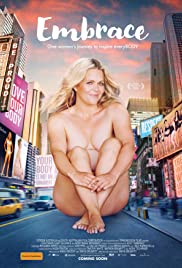
Embrace follows body image activist Taryn Brumfitt’s crusade as she explores the global issue of body loathing, inspiring us to change the way we feel about ourselves and think about our bodies.
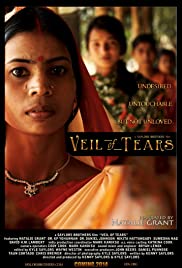
This gripping new documentary film tells the untold story of millions of women in India who are culturally persecuted for no other reason than the fact that they are women. However, despite the centuries of oppression, there are those who are reaching out and trying to change the culture towards women, from the inside out.

After receiving rave reviews in Australia, New Zealand and the UK, Bill Bailey brings ‘Qualmpeddler’ to the Hammersmith Apollo London. A brilliant mix of stand-up, stories, music and old-fashioned wit distilled from his own extraordinary experiences and reactions to the modern world, he looks at Cut-Price Shark Diving, The Hiding Skills of Dentists, A Theory of Cognitive Dissonance & Internet Shopping, Mandarin Ambiguity, Religious Dubstep, and Fashioning Replacement Hamsters. All in all, vintage Bill Bailey with trademark musical mash-ups, multi-lingual riffs, films, songs, philosophizing and silliness on a grand scale…plus one amazing owl. “Qualmpeddler is… part rock-concert, part political discourse, part philosophical enquiry… masterfully constructed… the thinking person’s comedian…” – Herald Sun, Melbourne.
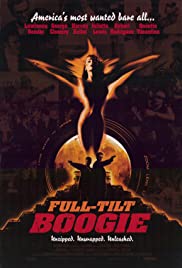
A documentary about the production of From Dusk Till Dawn (1996) and the people who made it.

In the Cold War years of the 1970s, an American patrol boat meets a Soviet ship off the east coast of the United States for talks about fishing rights in the Atlantic. In the midst of this, while Russian commanders are aboard the U.S. Coast Guard vessel where the talks are being held, a Lithuanian sailor jumps across the ten feet of icy water separating the boats. Crash-landing on the deck of the American ship, he desperately begs for asylum. Though they try, the Americans ultimately fail to provide protection and the Soviets are allowed to capture him and brutally return him to their vessel. Thus begins a stranger-than-fiction story of imprisonment, discovery, fame, and freedom. Through rare archival footage and a dramatic first-person re-enactment of that fateful day by Simas Kudirka, the would-be defector himself, this tale of one of the biggest Cold War muddles takes us on a journey of uncanny twists of fate, and the emotional sacrifices of becoming a universal symbol of freedom.